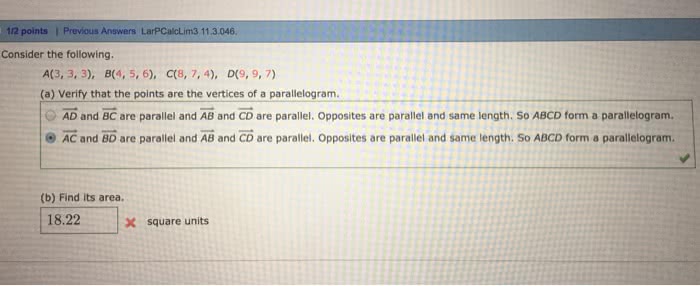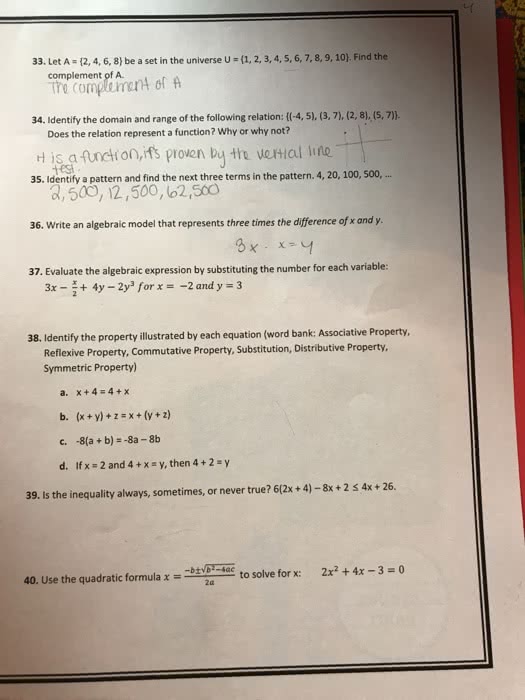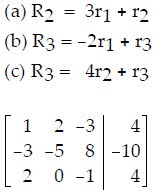I need help with these as soon as possible Please. Thank You!!
Q15. In 1990, the population of a country was estimated at 4 million. For any subsequent year the population, P(t) (in millions), can be modeled by the equation P(t) = 240/(5 + 54.99e-0.0208t ), where t is the number of years since 1990. Estimate the year when the population will be 21 million.
Q18. A size 6 dress in Country C is size 52 in Country D. A function that converts dress sizes in Country C to those in Country D is f(x) = 2(x + 20). Find a formula for the inverse of the function described.-1 (x) = (x - 20)/2-1 (x) = x - 20-1 (x) = (x/2) - 20-1 (x) = (x/2) + 20x and g(x) = 12, find the point of intersection of the graphs of f and g by solving f(x) = g(x). Give an exact answer.4 12, 12)4 12, 4)4 12, 0)3 )2 .3 ; g(x) = x2 3 ; g(x) = x2 2 ; g(x) = 5 - 2x3 3 ; g(x) = (5 - 2x)2
Q29. Solve the system of equations using Cramer's Rule if it is applicable.
Q33. Write the partial fraction decomposition of the rational expression (4x3 + 4x2 )/(x2 + 5)2 .2 + 5) + (-20x + 20)/(x2 + 5)2 2 + 5) + (-20x - 20)/(x2 + 5)2 2 + 5) + (20x - 20)/(x2 + 5)2 2 + 5) + (20x + 20)/(x2 + 5)2 2 - 9x + 20).
3x + 8-64 -6x + 2y + 7z =-5 4x-4y = 16 456 874
Show transcribed image text 3x + 8-64 -6x + 2y + 7z =-5 4x-4y = 16 456 874 















